
Bogor Zoology Museum
Explore Indonesia's diverse wildlife through a vast collection of preserved animals and fossils, including a giant blue whale skeleton.
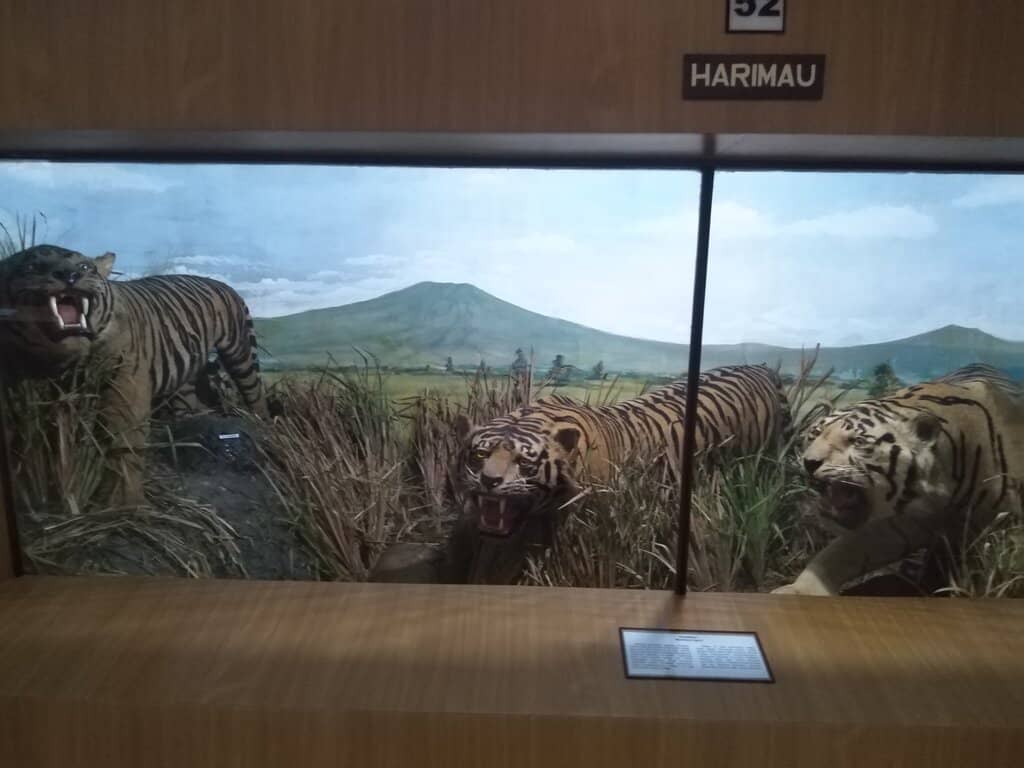
Highlights
Must-see attractions
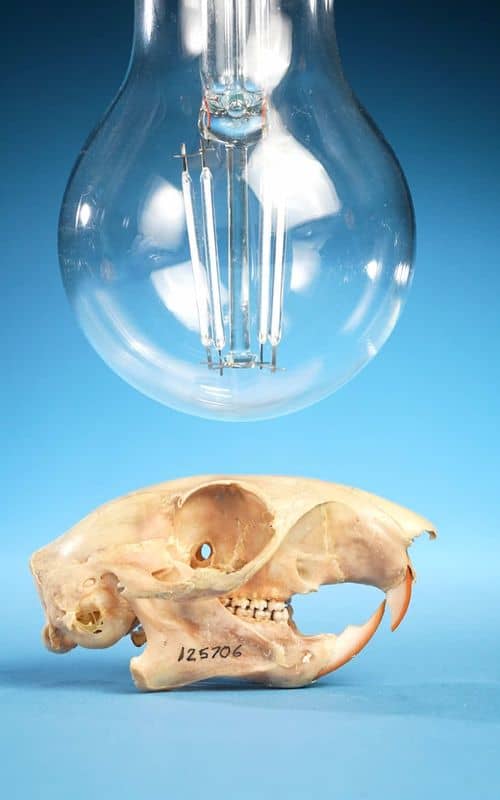
Social
From TikTok & Reddit
Best Time
Fewer crowds, more peaceful

Bogor Zoology Museum
Best Time
Fewer crowds, more peaceful

Highlights
Must-see attractions
Explore Indonesia's diverse wildlife through a vast collection of preserved animals and fossils, including a giant blue whale skeleton.
"A place rich in the history of Indonesia’s unique fauna, offering a detailed and educational experience."
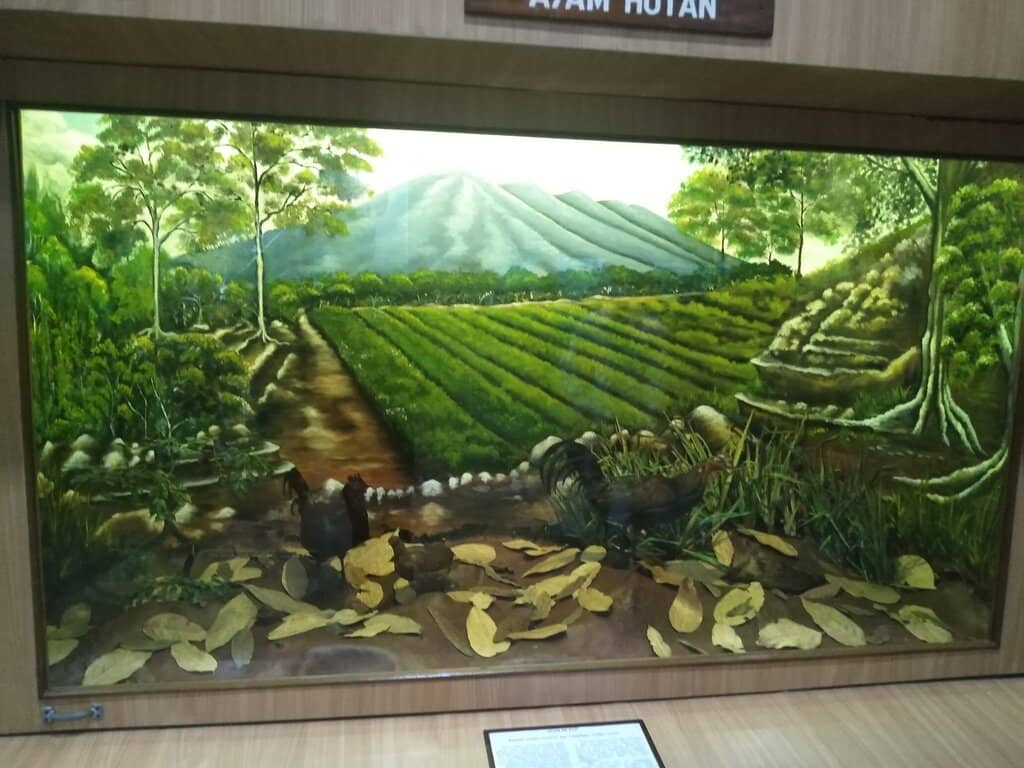
🎟️ Combo Ticket Value
Consider the combo ticket for Kebun Raya Bogor & Museum Zoologi for great value. :ticket:
🚶♀️ Wear Comfortable Shoes
You'll be doing a lot of walking, especially if you combine with the Botanical Gardens. :athletic_shoe:
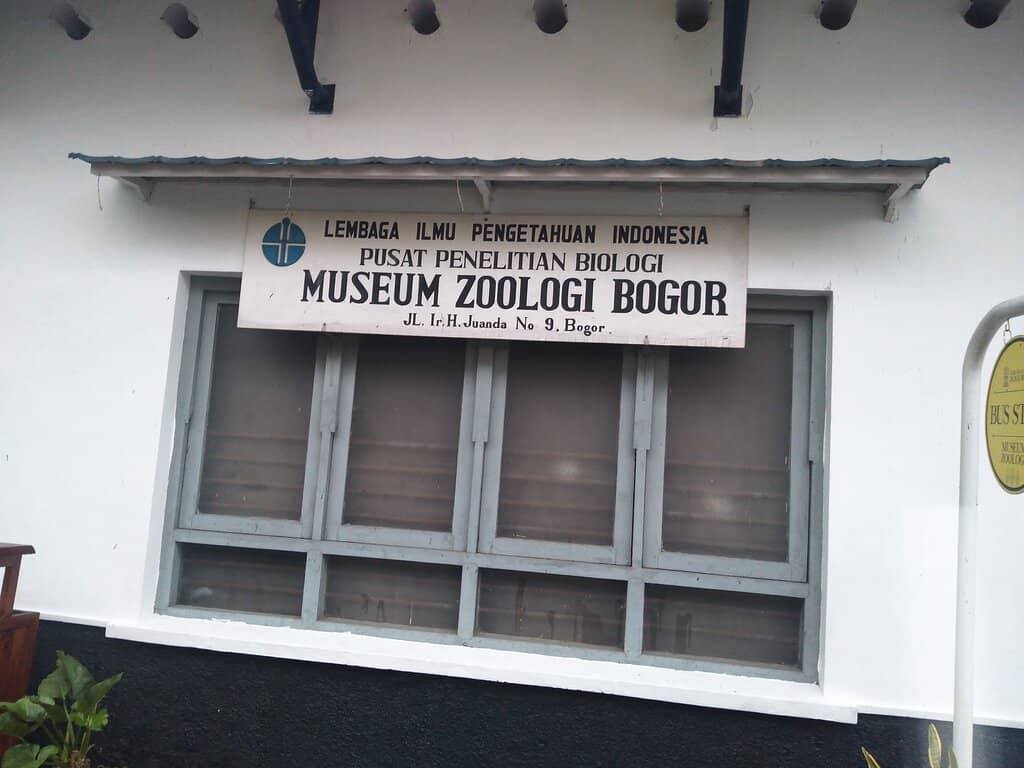
Highlights
Discover the most iconic attractions and experiences
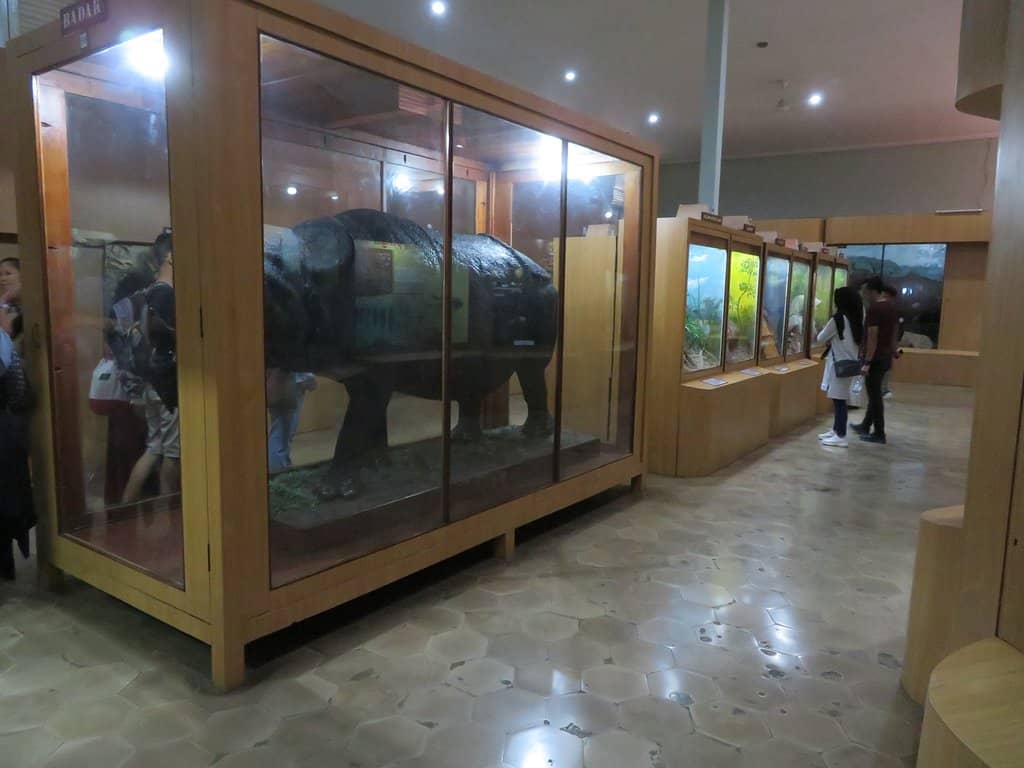
Blue Whale Skeleton
Main Hall
Marvel at the colossal fossilized skeleton of a blue whale, a truly awe-inspiring centerpiece.
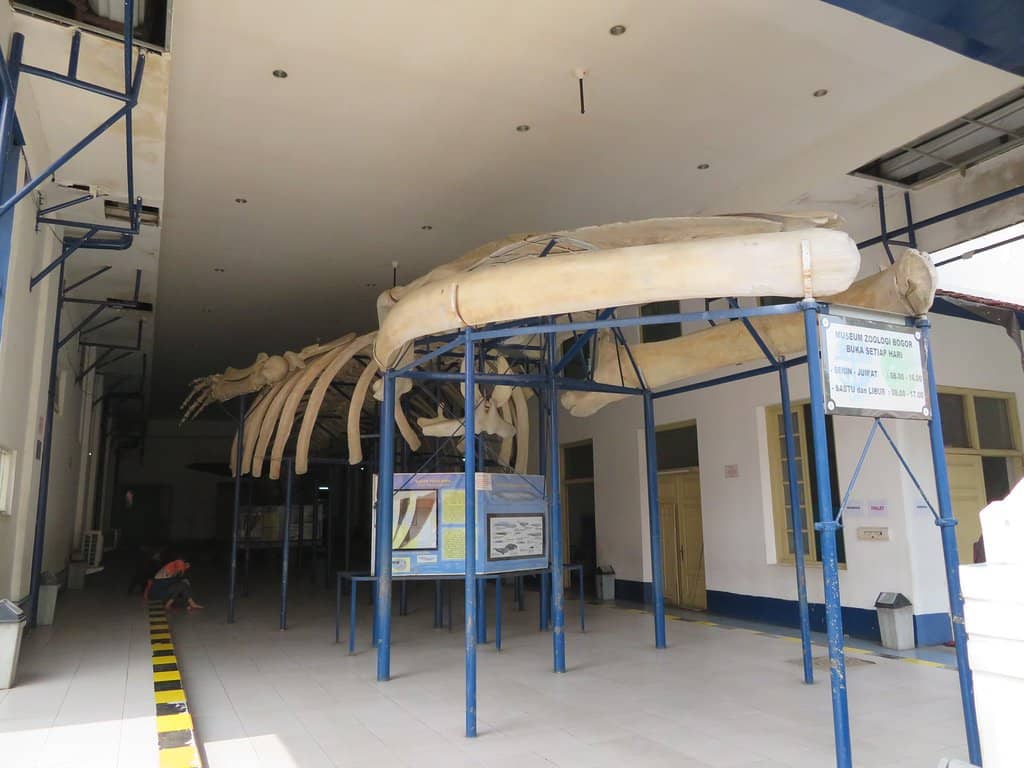
Diverse Indonesian Fauna
Various Exhibits
Explore a vast collection of preserved animals, from mammals and birds to reptiles and insects, showcasing Indonesia's biodiversity.
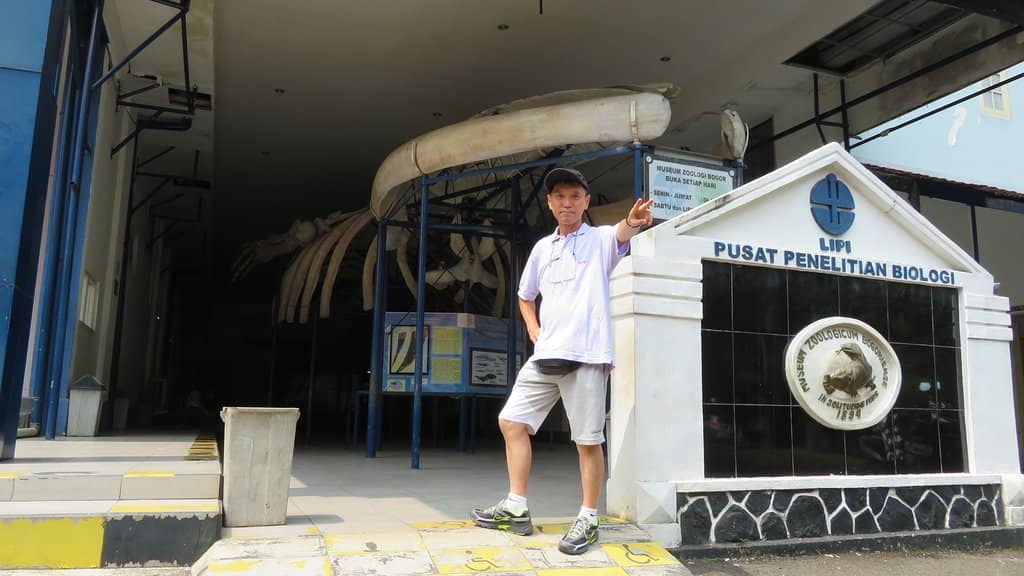
Taxidermy Specimens
Exhibition Halls
See well-preserved taxidermy of various animals, offering a close-up look at their forms and features.
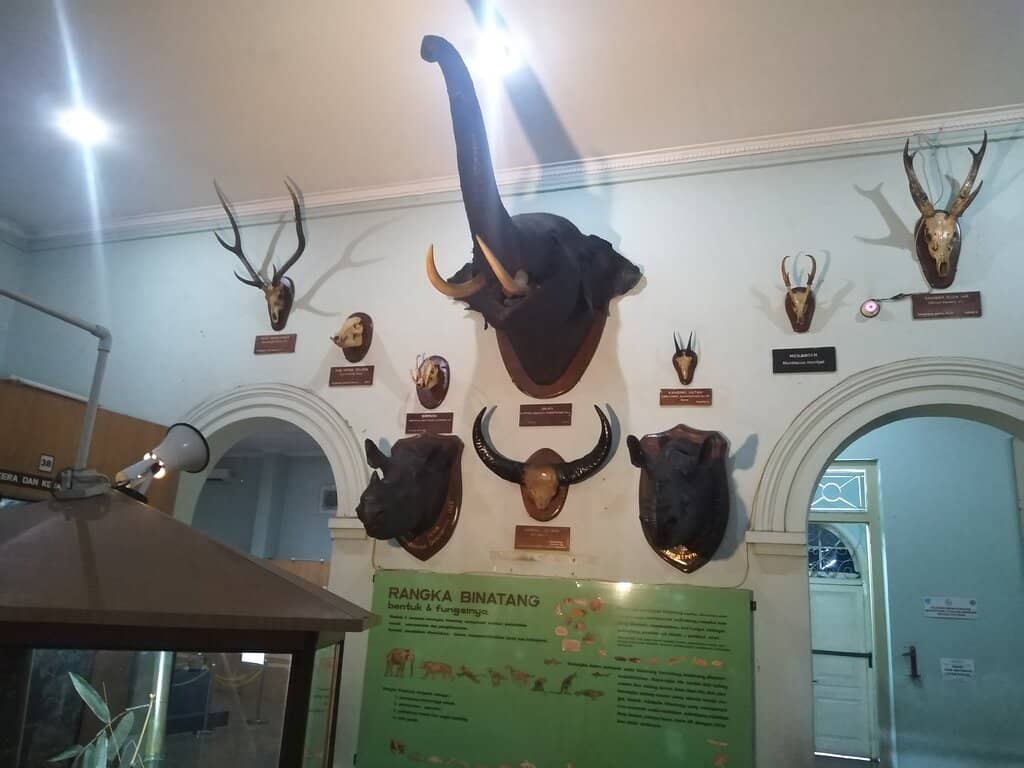
Educational Displays
Throughout the Museum
Learn about animal classification, anatomy, and the unique wildlife of the Indonesian archipelago through detailed explanations.
Plans like a pro.
Thinks like you
Planning Your Visit
Combine with Kebun Raya Bogor
Check for Renovations
Best Times
Insider Tips
from TikTok, Instagram & Reddit
🎟️ Combo Ticket Value
Consider the combo ticket for Kebun Raya Bogor & Museum Zoologi for great value. :ticket:
🚶♀️ Wear Comfortable Shoes
You'll be doing a lot of walking, especially if you combine with the Botanical Gardens. :athletic_shoe:
🗣️ Language Barrier
Explanations are mainly in Bahasa Indonesia; consider a translation app if needed. :iphone:
⏳ Allow Ample Time
1 hour for browsing, but 3 hours if you want to read everything. :clock:
Tips
from all over the internet
🎟️ Combo Ticket Value
Consider the combo ticket for Kebun Raya Bogor & Museum Zoologi for great value. :ticket:
🚶♀️ Wear Comfortable Shoes
You'll be doing a lot of walking, especially if you combine with the Botanical Gardens. :athletic_shoe:
🗣️ Language Barrier
Explanations are mainly in Bahasa Indonesia; consider a translation app if needed. :iphone:
⏳ Allow Ample Time
1 hour for browsing, but 3 hours if you want to read everything. :clock:
💡 Interactive Learning
Great for kids to learn about animals and fossils. :bulb:
What Travellers Say
Reviews Summary
Visitors praise the Bogor Zoology Museum for its rich historical significance and extensive collection of Indonesian fauna, calling it an educational and meaningful experience. While some note the museum's size and the language barrier, the well-preserved exhibits and the iconic blue whale skeleton are consistently highlighted as major draws. It's considered a hidden gem, offering great value, especially when combined with the Kebun Raya Bogor.
"A place rich in the history of Indonesia’s unique fauna. It offers detailed explanations and illustrations of the diverse animals that inhabit the archipelago. It’s an educational and meaningful experience, definitely worth a visit. Surprisingly, not many people come here, which makes it feel like a hidden gem."
atir
"Lovely place after the renovation with some well-preserved taxidermy specimens. My problem is that when I went there, the famous whale could only be seen from the front because the ceiling was being fixed and I couldn't get a closer look. I would recommend visiting this place if you're in Bogor and want to see the wildlife of the country in a very small museum. The price is also(sadly) a bit too high for it's size.
Might change my review if I visit again to see the whale."
Collin Alexander Halim
"in total 150k ticket (botanical garden +zoologi ticket) for a family is just ok to givin our kids knowledge about the fossil . not crowded as well . they should improve with audio and visual to make people more interested"
amelia amelia
What People Like
What People Dislike
Frequently Asked Questions
🚇 🗺️ Getting There
The museum is located within the Kebun Raya Bogor (Botanical Gardens). You can reach Bogor by train or bus from Jakarta. Once in Bogor, take a local taxi or ride-sharing service to the Kebun Raya Bogor entrance. The museum is a short walk inside the gardens.
Parking is available at the main entrance of Kebun Raya Bogor. From there, you'll need to walk to the museum.
Yes, public transport is a viable option. Buses and trains run to Bogor, and then local transport can take you to the Kebun Raya Bogor.
While the museum itself is generally accessible, the surrounding Kebun Raya Bogor has varied terrain. Some areas might be challenging for those with significant mobility issues.
Follow the signs within the Kebun Raya Bogor towards the Museum Zoologi. It's a pleasant walk through the gardens.
🎫 🎫 Tickets & Entry
Ticket prices can vary. On weekdays, it's typically around IDR 15,000, and on weekends, around IDR 25,000. This often includes entry to Kebun Raya Bogor.
Often, a combined ticket is available that grants access to both the Museum Zoologi and Kebun Raya Bogor, offering better value.
The museum generally opens from 8:00 AM to 4:00 PM on weekdays and 7:00 AM to 4:00 PM on weekends. It's always a good idea to check for any seasonal changes.
Information on online ticket purchases is not widely available. It's recommended to purchase tickets at the entrance of Kebun Raya Bogor.
Specific discount information is not readily available. It's best to inquire at the ticket counter upon arrival.
🎫 🧭 Onsite Experience
A quick browse might take about an hour, but if you plan to read all the explanations and appreciate the exhibits, you could spend up to 3 hours.
The colossal blue whale skeleton is a major highlight. You should also explore the diverse collections of Indonesian mammals, birds, reptiles, and insects.
Yes, it's a great educational destination for children, offering them a chance to learn about various animals and fossils.
While not always advertised, some sources mention the possibility of tours, especially for groups. Inquire at the museum.
The exhibits are generally well-maintained, with many taxidermy specimens in good condition, reflecting the museum's history.
📸 📸 Photography
Photography is generally allowed inside the museum, but it's always good practice to check for any specific signage or ask staff.
Avoid using flash photography, especially on delicate specimens, and be mindful of other visitors.
The blue whale skeleton offers a dramatic backdrop. The colorful insect displays and the variety of taxidermy animals also make for interesting shots.
For personal or educational use, photography is usually permitted. For commercial use, you would likely need special permission.
The sheer scale of the blue whale skeleton and the diversity of preserved animals offer unique photographic opportunities to showcase Indonesia's wildlife.
For Different Travelers
Tailored advice for your travel style
👨👩👧 Families with Kids
Tips for families:
* Combine with Kebun Raya Bogor: The adjacent botanical gardens offer plenty of space for kids to run around and explore.
* Prepare for the language: While explanations are in Bahasa Indonesia, the visual displays are universally understandable.
* Bring snacks and water: Especially if you plan to spend time in the botanical gardens as well.
📚 Students and Educators
Recommendations for students:
* Focus on specific exhibits: If you have a particular area of study, like mammals or insects, dedicate time to those sections.
* Take notes and photos: Document your findings for school projects or personal learning.
* Consider a guided tour: If available, a guided tour can provide deeper insights and context.
🚶♀️ Solo Travelers & Explorers
Tips for solo visitors:
* Embrace the quiet: Enjoy the lack of crowds and take your time with each exhibit.
* Engage with the displays: Read the explanations (even if in Bahasa Indonesia) and try to connect with the specimens.
* Combine with Kebun Raya: Extend your exploration into the botanical gardens for a longer, more immersive day.
Deep Dives
In-depth insights and expert knowledge
A Glimpse into Indonesian Biodiversity
Visitors can expect to see a wide array of creatures, including various mammals like deer, tigers, and primates, as well as a diverse collection of birds, reptiles, and amphibians. The museum also features an impressive array of insects, highlighting their intricate beauty and ecological importance. These exhibits are crucial for educational purposes, allowing students and the public to learn about taxonomy, anatomy, and the natural history of Indonesian wildlife.
One of the most striking aspects of the museum is its commitment to preserving these specimens, some of which date back to the colonial era. This dedication ensures that future generations can learn from and appreciate the natural heritage of Indonesia. The museum's location within the Kebun Raya Bogor further enhances the experience, allowing visitors to connect the preserved specimens with the living flora of the region.
The Iconic Blue Whale Skeleton
Seeing the blue whale skeleton up close provides a profound understanding of the largest animal to have ever lived on Earth. It’s a rare opportunity to appreciate the intricate structure of its bones and imagine the creature swimming in the ocean. While it's a major attraction, it's important to note that sometimes parts of the exhibit might be under renovation, potentially limiting full access.
This iconic exhibit is not just a visual spectacle; it's a crucial element in educating the public about marine conservation and the importance of protecting these gentle giants. The presence of such a significant specimen underscores the museum's role in raising awareness about the natural world.
A Historical Perspective
Over the decades, the museum has evolved, expanding its collections and undergoing renovations to better serve its educational mission. Despite its age, many of the exhibits, including taxidermy specimens, are remarkably well-preserved, offering a glimpse into both the past and the enduring natural heritage of Indonesia.
The museum's continued operation is a testament to its importance in scientific research and public education. It stands as a historical landmark, preserving the legacy of zoological study in Indonesia and providing invaluable insights into the country's diverse wildlife for generations.



Social
from TikTok, Instagram & Reddit